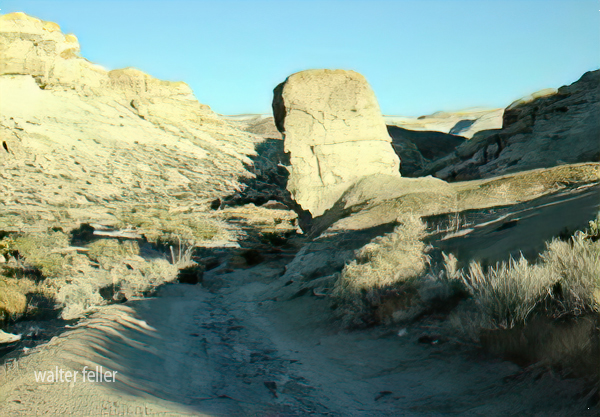The Mojave Desert, located in the southwestern United States, is a vast, arid region known for its unique and resilient ecosystems. Its natural history can be divided into several key aspects:

- Geology and Geography: The Mojave Desert has varied topography, including valleys, dunes, and mountains. It is home to the famous Death Valley, the lowest and one of the hottest places in North America. The Mojave’s geological history includes volcanic activity, the formation of mountain ranges, and the erosion that created its present landscapes.
- Climate: This desert is known for its extreme temperatures and aridity. Its high temperatures vary day and night due to the lack of humidity and sparse cloud cover. Rainfall is scarce and unpredictable, often leading to drought conditions.
- Flora and Fauna: The Mojave Desert supports a range of life adapted to its harsh conditions. Notable plants include the Joshua tree (Yucca brevifolia), symbolic of the Mojave, and various cacti and shrubs adapted to survive with minimal water. Animal life includes reptiles like the desert tortoise, mammals such as the bighorn sheep, and numerous bird species that navigate the challenging environment.
- Ecological Dynamics: The ecosystems of the Mojave are shaped by limited water resources and extreme temperatures, leading to unique interactions among species. Plants and animals have evolved various adaptations for survival, including water conservation mechanisms and nocturnal activity patterns.
- Human Impact and Conservation: Human activity has significantly impacted the Mojave Desert. Issues include water resource extraction, urban expansion, and the development of renewable energy installations. Conservation efforts are ongoing to protect its biodiversity and landscape, with areas like the Mojave National Preserve established to safeguard habitats and natural features.
- Cultural History: The desert has been inhabited by Native American tribes for thousands of years, each with rich cultural histories and connections to the land. More recently, it has played a role in American history through mining, military use, and as a site for artistic and literary inspiration.
The Mojave Desert’s natural history is a complex tapestry of geological, climatic, biological, and human factors, making it a fascinating subject for study and exploration.